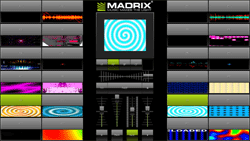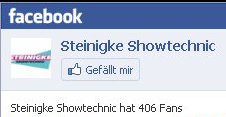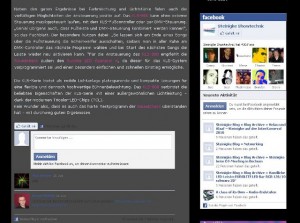Eurolite LED PAR-64 RGBA receives top grades in test
 German magazine Soundcheck tested the new LED PAR-64 RGBA spot for its July issue – with best results.
German magazine Soundcheck tested the new LED PAR-64 RGBA spot for its July issue – with best results.
With its new 10 mm LED spot Eurolite finds a remedy for the difficult output of warm colors of conventional LED spotlights. How? With amber colored LEDs in addition to the primary colors red, green and blue: “This creates an additional warm orange color”, the periodical mentions. Thereby, the spot provides “a broader range of colors looking more softly and naturally in the yellow and red spectrum”. Even the usually extreme color transition from red to green can be covered by this diode, the testers observe.
Besides harmonious color transitions, the fourth color has another advantage: “If we mix all colors to a white color, the amber diodes will create a cozy and warm white which is similar to incandescent lights”.
Apart from an outstanding color combination, the new spot offers further advantages compared to conventional devices. The controller persuades the Soundcheck team: “The small DIP switches were replaced by a full menu with display and buttons”. Thereby, the spots allow a considerably easier setting of DMX with more possibilities. For example, much more color mixtures can be adjusted directly at the device: “This is ideal for using the spot as static light without control”. But the spot also persuades the testers in stand-alone operation: There is a larger variety of stand-alone programs with sequences and color changes and they are easier to adjust,” the journal says.
The magazine also tested the matching LED operator 2. One of the especially positive things they noticed was the easy handling – “without any programming effort”: “The handling of the LED operator 2 is really easy and fast to learn – even for novice users”. A special benefit: the operator can control a smoke machine with two DMX channels (by pressing a button). The Soundcheck crew recommends the controller as an excellent “entry-level device”, which is applicable for stages as well as for bars or lounges.
A similar large variety of applications offers the Eurolite LED PAR-64 RGBA spot: “In fact, the spot can be applied wherever the former 300 watt parcan 56s have been used”. For example, by the recommendation of the testers, the spots is ideal for smaller stages and hobby musicians.
With its new RGBA series, Eurolite now offers spots with a warmer color temperature – similar to incandescent lights and their red colors. By adding the color amber, which is composed of red and yellow, the ordinary RGB color mixing can be “warmed up” individually with the fourth color. So it’s not surprising, that also the Soundcheck team was convinced of these advantages – and the RGBA spot passed the testing with top grades.
EUROLITE LED PAR-64 RGBA spot, alu, 10mm
http://www.youtube.com/watch?v=lV5GUVgVAQI



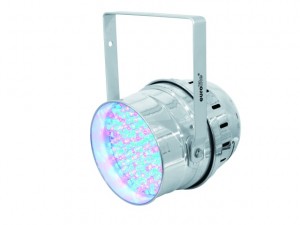
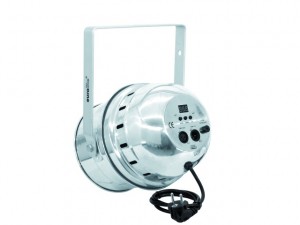
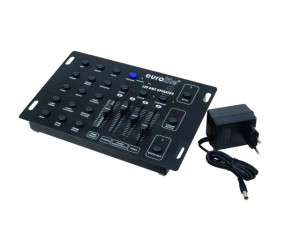
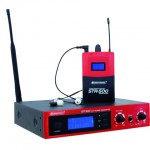
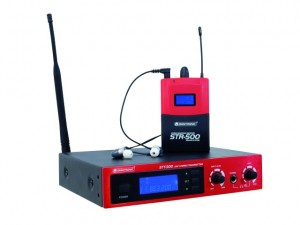
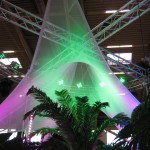
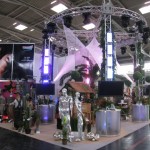
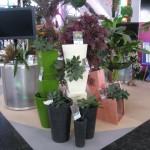
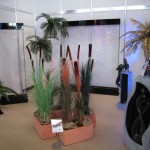
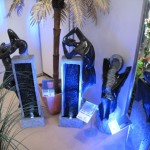

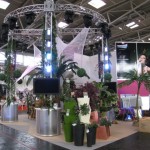

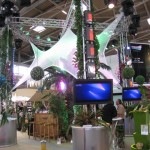
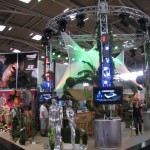

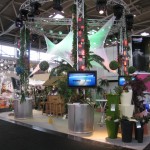
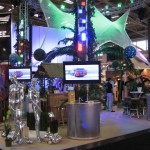
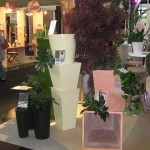
 Only three month are gone and the deployment of “LED Lighting Control” software MADRIX has published a new version.
Only three month are gone and the deployment of “LED Lighting Control” software MADRIX has published a new version.
